
Photo: Noppadol Paothong
habitat restoration
We provide scientific reports, project profiles, technical tools, videos, photos, field guides, and links that tell the story of how cooperative conservation is making a difference for working lands and wildlife across the West.
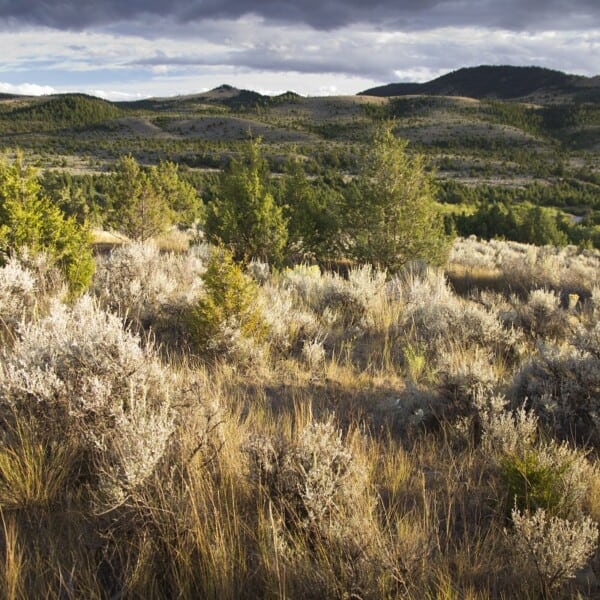
Ask an Expert
Ask an Expert | The Green Glacier: What is Conifer Encroachment and Why is it Bad?
June 22, 2021
Learn about the "Green Glacier," the slow-moving expansion of conifer trees across western rangelands, in this Ask an Expert with NRCS's Jeremy ...
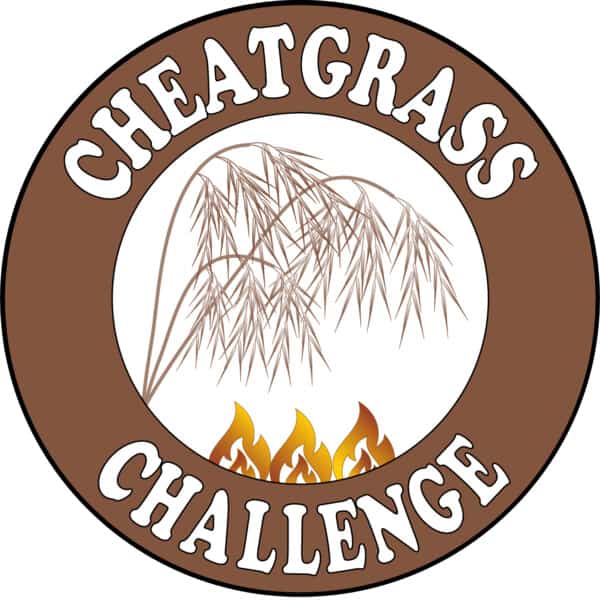
News
Ask an Expert | Curtis Elke, Idaho-NRCS State Conservationist, Talks Cheatgrass and More
September 1, 2020
The Cheatgrass Challenge is a new, proactive strategy outlining Idaho NRCS’s plans to tackle invasive annual grasses. Read on for ...
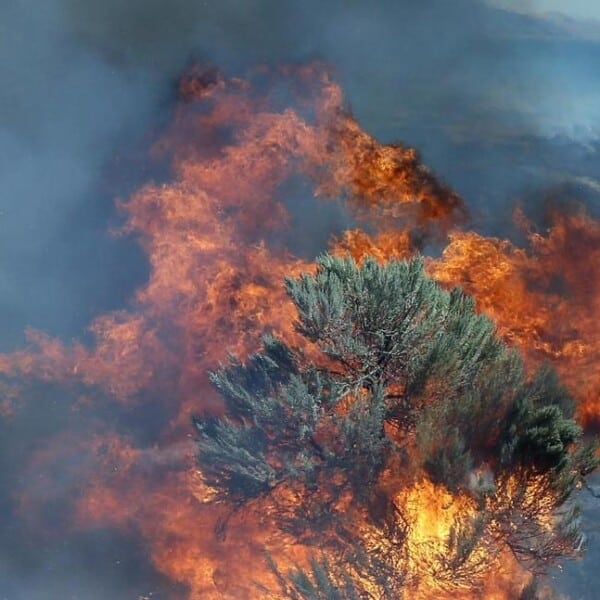
News
Cutting to the Chase: Long-Term Success of Conifer Removal Depends on Both Cutting and Burning
September 10, 2019
Ask an Expert | How to use cutting and burning to most effectively restore sagebrush ecosystems experiencing conifer ...

News
Big Picture of Woodland Management in Sagebrush Country
May 9, 2019
Science to Solutions - New research highlights reduction and expansion of conifer encroachment in sagebrush ...

News
Woody Invasion Impacts Water on Great Plains
March 26, 2019
Science to Solutions - New research details impacts to water from encroaching eastern redcedar and other conifers on landscapes in the Great Plains. Similar impacts occur on ...
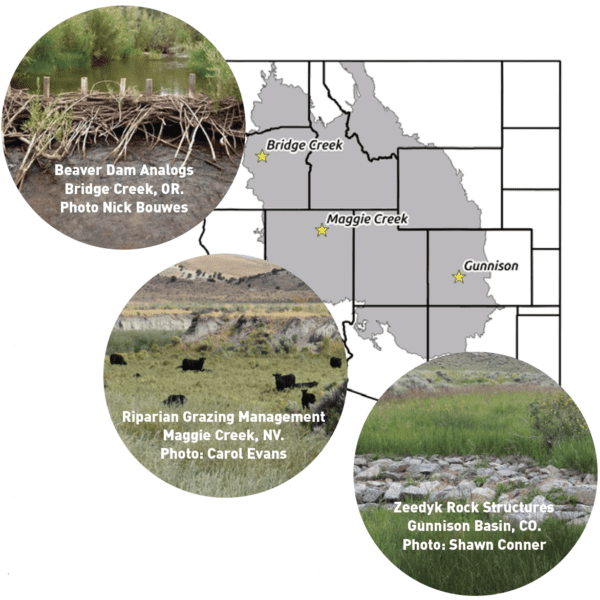
News
Low-Tech Riparian And Meadow Restoration Keeps Rangelands Greener Longer
October 8, 2018
New research shows low-tech restoration methods increased vegetation productivity by 25% and kept plants greener longer, resulting in greater ...
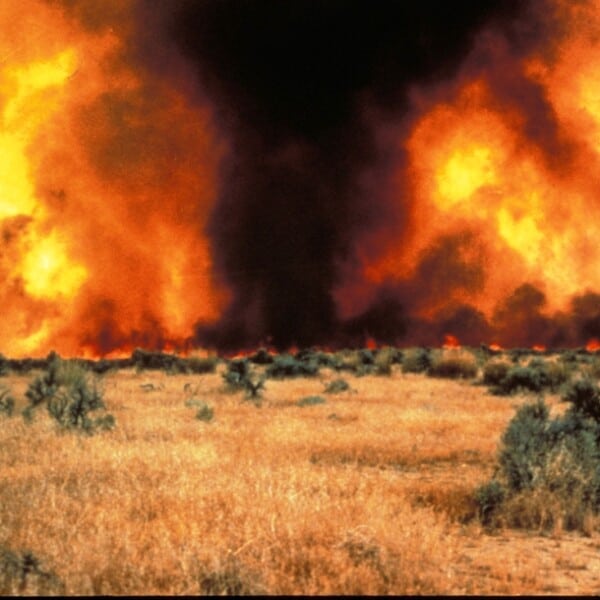
News
Why Is Cheatgrass Bad?
January 30, 2018
Mike Pellant with the Bureau of Land Management explains how cheatgrass and wildfire create a vicious cycle that harms wildlife and our way of life in the West ... and gives ...

News
New Science: When Trees Are Cut, Grasses & Shrubs Return
November 14, 2017
Research shows that conifers decrease the native sagebrush grasses and shrubs that wildlife and livestock rely on, and confirms that forage comes back when trees are ...

News
Conifer Removal Boosts Sage Grouse Success
January 26, 2017
New research shows that 86% of hens avoided nesting in sagebrush habitat invaded by conifers. Luckily, the studies also show that removing conifers in otherwise high-quality ...

News
Why Grow Sagebrush Seedlings in Prisons?
August 11, 2016
The Sagebrush Project, part of the Sustainability in Prisons Project, expands the opportunities for 175 inmates in 11 prisons across 6 states by teaching them to grow ...

News
New Science: Conifer Removal Restores Habitat for Lesser Prairie Chickens
April 4, 2016
Conifer encroachment spells bad news for birds that need intact, wide open spaces--sage grouse and lesser prairie-chickens included. This new report released by our partner, ...

News
SGI Unveils Interactive Web Application To Bolster Wildlife Conservation Work
February 23, 2016
Today, the Sage Grouse Initiative is unveiling a new tool to catalyze and improve habitat conservation efforts across the western United States. The free SGI Interactive Web ...

News
Grazing and Sagebrush Treatments: A 25-year Case Study in Utah
January 9, 2016
The newest Science to Solutions report is based on findings from a 25-year case study on a ranch in Utah. The study shows that sustainable grazing practices and sagebrush ...
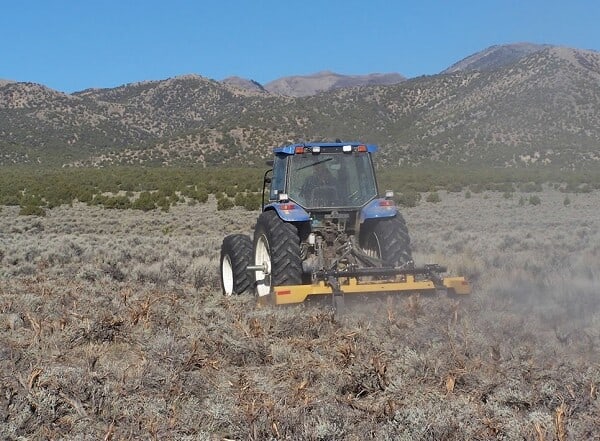
News
Woody Fuels Reduction in Wyoming Big Sagebrush Communities
November 20, 2015
By Eugene W. Schupp, Chad S. Boyd, and Shane Green | This new Great Basin Fact Sheet discusses how reducing woody plant cover can increase the production of perennial grasses ...
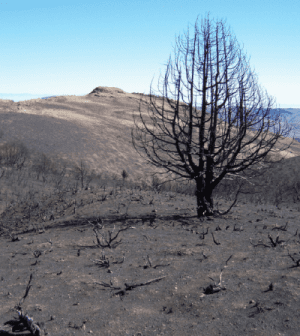
News
Assessing Impacts of Fire on Runoff and Erosion
November 18, 2015
Frederick B. Pierson, C. Jason Williams and Peter R. Robichaud | This fact sheet provides an overview of the hydrologic impacts of fire, as well as the effectiveness of ...

News
Seeding Big Sagebrush Successfully on Intermountain Rangelands
November 14, 2015
By Susan E. Meyer and Thomas W. Warren | This fact sheet provides land managers with state-of-the-art information on establishing big sagebrush through direct seeding, ...

News
Wind Erosion Following Wildfire in Great Basin Ecosystems
October 19, 2015
By Matthew J. Germino | Wind erosion is a problem in the Great Basin, particularly following large wildfires. This factsheet helps resource managers with a "how to" for ...

News
Management of Aspen in a Changing Environment
October 14, 2015
By: Douglas J. Shinneman, Anne S. Halford, Cheri Howell, Kevin D. Krasnow, and Eva K. Strand | This fact sheet provides information to help identify different aspen types, ...
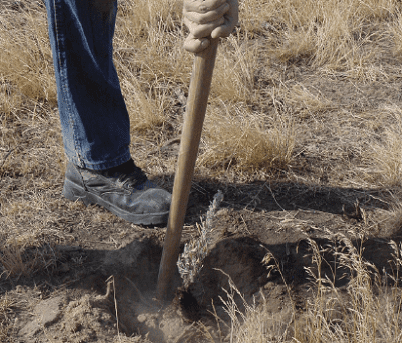
News
Establishing Big Sagebrush and Other Shrubs from Planting Stock
July 16, 2015
Bareroot or container seedlings can be used to quickly re-establish big sagebrush and other native shrubs post-fire or other disturbances in situations where direct seeding is ...
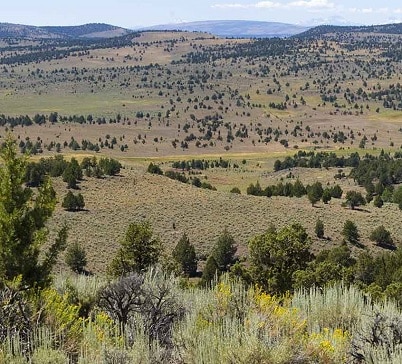
News
Conifer Removal in the Sagebrush Steppe
July 8, 2015
This transition from shrub steppe to woodland has broad, concerning impacts on ecosystem function and services. This fact sheet explains the "why when, where, and how" of ...
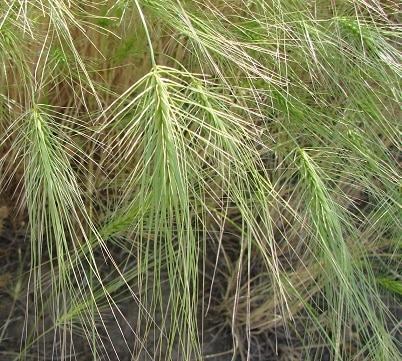
News
Reestablishing Perennial-Dominated Plant Communities in Medusahead-Invaded Sagebrush Rangeland
July 8, 2015
This fact sheet gives tools and strategies for reestablishing perennial-dominated plant communities in medusahead-invaded areas, which helps restore and protect vital ...
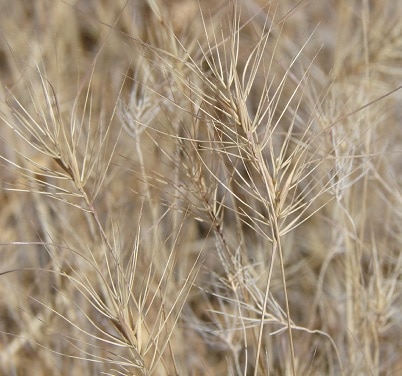
News
Limiting Medusahead Invasion and Impacts in the Great Basin
July 8, 2015
Limiting the spread of invasive medusahead is critical, since this non-native plant decreases biodiversity, degrades wildlife habitat, reduces livestock forage, increases the ...

News
Putting Resilience and Resistance Concepts into Practice
July 7, 2015
This fact sheet is designed to assist land managers in using resilience and resistance concepts to assess risks, prioritize management activities, and select appropriate ...
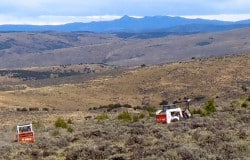
News
Conifer Removal Restores Sage Grouse Habitat
April 23, 2014
Hundreds of thousands of acres of intact sagebrush lands--and the grouse that depend upon them--are threatened by invading conifers. SGI helps remove the threat to prevent ...

